Corona treatment is a widely accepted and popular method of modifying the surface characteristics of paper, film, and foil to enable them to more readily accept inks, coatings and adhesives. The number of applications that benefit from corona treatment is limitless as more and more applications are discovered. QC Electronics views each application as unique. Therefore, we specialize in custom designed equipment specific to your application. Our engineers are available to consult with you regarding your application’s technical specifications and various equipment configurations. If you are evaluating the purchase of a corona treatment system, you most likely want to improve the quality of your product. The following information is meant to aid you in preliminary fact finding.
Introduction to Corona Treatment
Corona can be defined as a continuous stream of ionized particles. These ionized particles are present in a very small air gap (.040) between a buffered dielectric and ground. As the material passes through this gap, the molecular structure of the web surface is modified and adhesion properties are improved. The smaller the gap setting, the higher the treat levels. As a result, the material more readily accepts inks, laminates, and adhesives.
Components of a Corona Treating System
A typical corona treatment system consists of a power supply (generator), high voltage transformer, and a treating station. Reliability, efficiency, simplicity, ease of access and appearance are some important details to consider.
- Power Supply: The power supply used in corona treating must operate under a wide range of conditions. When initially started, the unit is required to run into effectively a ‘no load’ condition until corona is initiated, at which point the resistance of the air gap between the electrode and the roll decreases dramatically and the load rapidly increases. The generator must adjust with the sudden change in loading and must also be capable of obtaining full power over a wide range of load conditions. The QC power supply automatically compensates for changes in load with ALC (Automatic Load Correction) technology. Manual adjustments are never required.
- High Voltage Transformer: The high voltage transformer takes the generator output and steps the voltage up to the level necessary to produce corona (ionize the air between the electrode and ground roll). This voltage will vary depending on load conditions such as the air gap, film thickness, electrode area, web width, and thickness of the buffer dielectric.
- Station: The treating station, regardless of the type (bare roll or covered) can be described in its simplest form as a capacitor (two plates separated by a dielectric). The output of the high voltage transformer is applied to one plate, normally a stationary electrode. The other plate, often a roll, is electrically grounded. A buffer dielectric of some type is required between the plates to limit current once corona is initiated. This dielectric can either be located on the roll or the electrode. An air gap ranging from .040″ to .125″ normally exists between the electrode and roll. When the voltage at the electrode reaches a sufficient level to ionize the air in the gap, corona is initiated.
Evaluating your Application
Before requesting a proposal for a corona treatment system, you should familiarize yourself with the exact requirements of your application. At the least, you should know the material(s) to be treated, amount of slip additives in the material, thickness, maximum line speed, maximum and minimum treat widths, number of sides to be treated, and the dyne (treat) level you hope to achieve after corona treatment.
Questions to ask yourself:
- Do you plan to treat the entire web or do your web widths frequently vary?
- What is the application – blown film, extrusion, laminating, coating, etc.?
- Are you using solvent or water based inks?
- Will the corona treater be located in a hazardous area?
It is very important to be specific when answering the above questions. A minor change to the specifications may have a dramatic effect on the size or type of treater system recommended. Many people elect to send us samples of the material to be corona treated. We will determine the effectiveness of treatment on your material(s) before you even begin investing time or dollars.
Site Selection
Selecting the proper site for your system is very important. Proper site selection is critical to the success of corona treatment. We will assist you in locating the most effective site for your equipment.
Type of System
For all practical purposes, there are two types of corona treating systems: bare roll and covered roll. Covered roll is often referred to as conventional. QC Electronics manufactures both bare roll and covered roll systems. We will define the advantages and disadvantages of each system as we assist you in selecting the correct station for your application.
- Bare roll treats conductive coated substrates, conductive substrates, and full web treat applications. While strip or lane treating can be accomplished with a bare roll station, it requires that special electrodes be installed.
- Covered roll treats nonconductive coated substrates, nonconductive substrates and lane (strip) treat applications. Covered roll is the system of choice when web widths change frequently. The covered roll station has ‘fingers’ which can be flipped up or down to determine ‘treat’ or ‘no treat’ areas.
While there are many other factors involved in selecting the system right for you, the above criteria provides a foundation.
Selecting the right Manufacturer
In today’s fast-paced business world, many companies no longer take the time to ensure thorough customer satisfaction. At QC Electronics, we want your experience with us to stand out above any other company you do business with. That’s why QC is structured as a ‘Total Customer Support’ company. Trust us to always have your best interest at heart.
- Science Education Required: QC’s team is required to stay up-to-date on the industry’s scientific advancements and the physics behind corona treatment. We attend webinars and read up on daily articles by our partners to keep up with the science of corona treatment. We are constantly working with scientists of the industry to educate ourselves to the greatest extent, allowing us to provide our customers with the best service and expertise.
- Customer Support: Customer satisfaction is our primary goal. Dedication to this goal has established QC as a global leader in corona treating service and support. The customer support staff combines personalized service with technical expertise offering the best corona treating support in the industry.
- Technical Support: QC’s technical staff works with the customer support staff to provide answers to all of your technical requirements. Technical support specialists are available to assist you with equipment design, modifications, retrofitting, cross-referencing OEM part numbers, and any special corona treatment requirements.
- Product Support: Our total product support policy includes preventative maintenance programs, retrofitting programs, and upgrade or replacement programs. Our service/support department contacts each customer on a regular basis to ensure their equipment is operating efficiently. Great emphasis is placed on high quality and attention to detail, ensuring that all aspects of production and testing meet today’s stringent requirements.
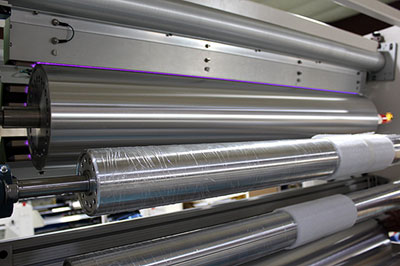
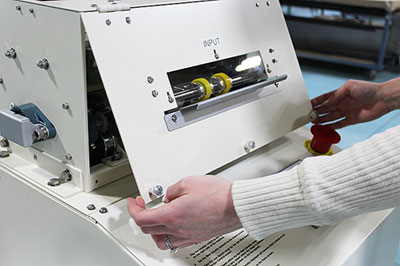
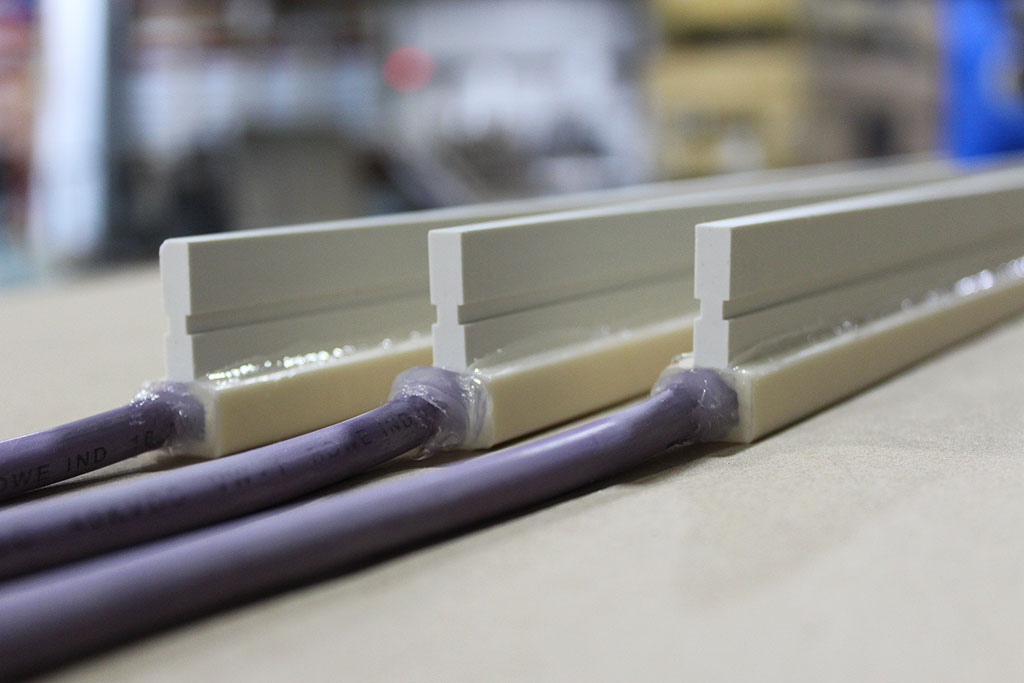
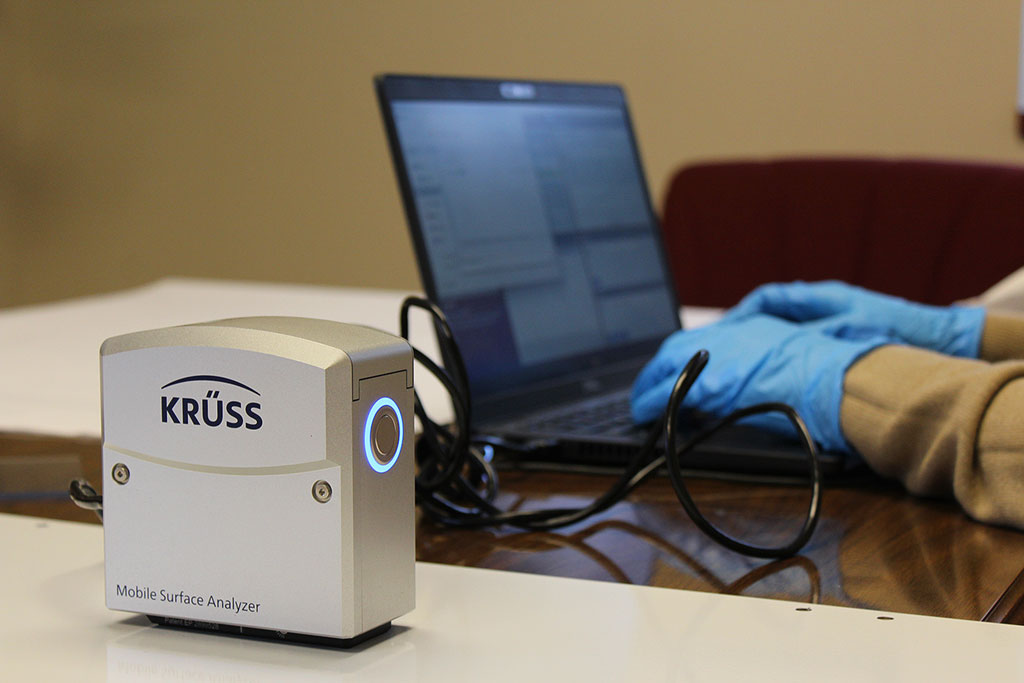
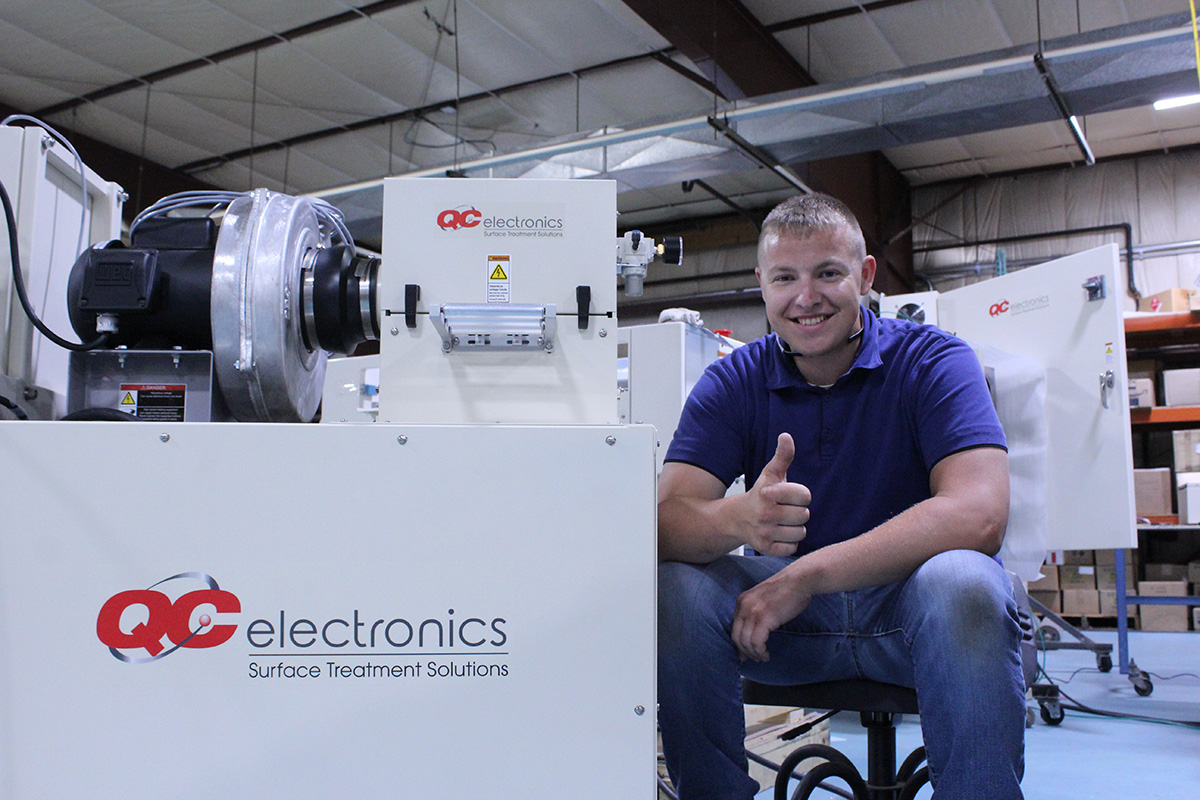
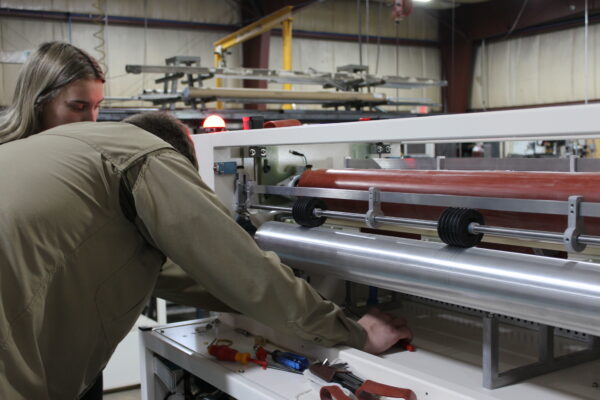

Comments are closed.